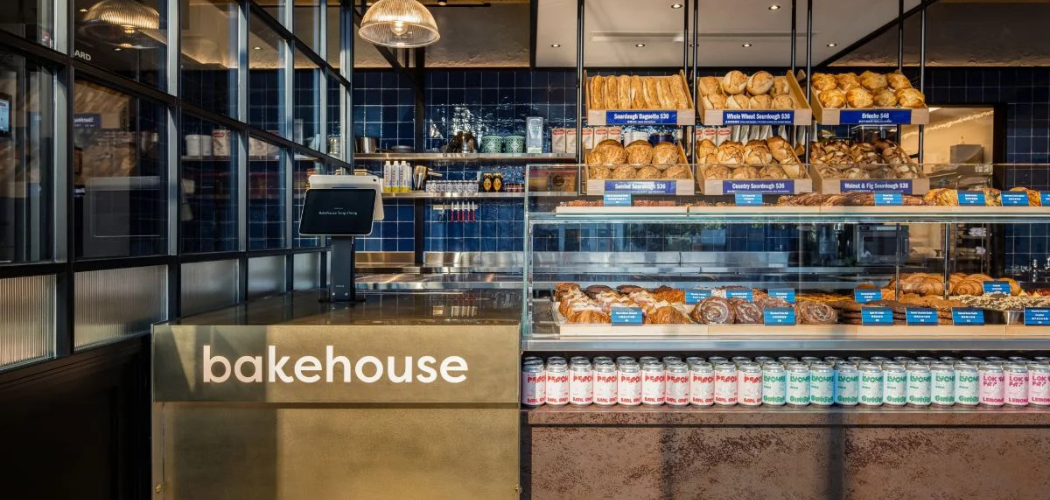Pilot lore from the Vietnam era has it that a single point of risk existed on the most popularly flown helicopters of the day. The Bell UH-1 Iroquois, known as the “Huey” had a main rotor retaining nut that held the rotor and blades to the body of the helicopter. If this one small piece of metal failed, the aircraft was irreconcilably compromised, and all that was left for the pilot and crew was to “pray to Jesus” as they fell to earth. The Jesus Nut was a term that stuck among insiders flying these workhorses. By the way, if you are feeling uncomfortable with the term, please feel free to substitute “linchpin” in its place.
By Bill Hanifin
In the execution of customer loyalty programs, I’m believing that employee training, engagement, and incentives constitute the collective “Jesus Nut” for successful program operations. Treated with care and improved through reengineering, we fly smoothly and without incident. Treat with neglect, and anything can happen.
My recent experience from the customer side of a loyalty program adds a good example to a growing body of evidence that the interaction between customers and employees at the point-of-sale can make or break the success of your loyalty program. Driving through rural Virginia a few weeks ago, I stopped at a Shell station for fuel and coffee. Placing my hot coffee carefully on the checkout counter, the store associate asked me if I was a rewards member. “No”, I responded, but then I asked him if I should be.
The response astounded me and highlighted the challenges of translating customer strategy into practical marketing solutions that create the return on investment your brand set out to achieve.
The associate was quick to share with me that whether I was a loyalty member or not, he had a card handy and would swipe for me. Explaining, he said “corporate is coming in next week and the boss told us to swipe as many cards as possible to get our numbers up”. He added, “maybe once in a while someone will get a free coffee”. Skipping over the obvious and inherent flaws in this approach, I asked what would happen after corporate completed its visit. He replied; “we’ll probably go back to doing what we were doing before, because the boss doesn’t give a darn” (insert stronger word here).
Funny as the exchange was, the brief conversation was a wake-up call to how difficult it can be to execute in-market the way programs are planned in the lab. Whether this store was a company owned store or a franchise, it was clear that the owner did not understand or believe in the value of the program for his business. His ninth-inning rush to build penetration of swiped cards across the transaction base was valiant on the surface but was not going to fool anyone. The cashier was using the same card for every swipe, so the numbers were going to be skewed and look irregular to “corporate” when they paid a visit. More concerning was the risk that the associate was committing fraud, using his own card to amass lots of free coffees that he or his friends could enjoy.
The concern about execution of loyalty programs at the site level is shared by many of the big oil operators. In one instance, I was instructed by a client not to link any part of program success to onsite marketing. He elaborated by saying that “we can ship boxes of marketing collateral into our locations but can’t make the staff open them”. This executive went further to say that on more than one occasion, site visits revealed boxes of carefully crafted point-of-presence materials found unopened next to cleaning supplies in a storage closet.
You should know that the Huey version of the Jesus Nut was eliminated through better engineering once it was discovered. A retired Navy friend of mine confirmed the linchpin was a top priority on the preflight inspection list. In fact, the story of the Jesus Nut refers to dated technology as the industry identified the problem, fixed it, and moved on. Why the collective body of customer marketing professionals doesn’t put employee engagement and site execution into this same collective barrel of “things that we fixed”, is surprising.
The effort needed to improve store operations related to customer loyalty is substantial. It requires investment in the form of script creation, employee training, and maybe some crafty approaches to providing employee incentives to encourage participation and support. Be assured the objective can be achieved and the investment will be worthwhile, paying dividends in program results. I’ve seen firsthand success in this area from brands that recognize potential gaps in execution and prioritize the commitment to solve operational problems.
To sum it up, I’m convinced that solving operational issues to deliver better program execution is a matter of willpower and commitment to succeed, nothing less.
Bill Hanifin is CEO of The Wise Marketer and is a Certified Loyalty Marketing Professional (CLMP).




